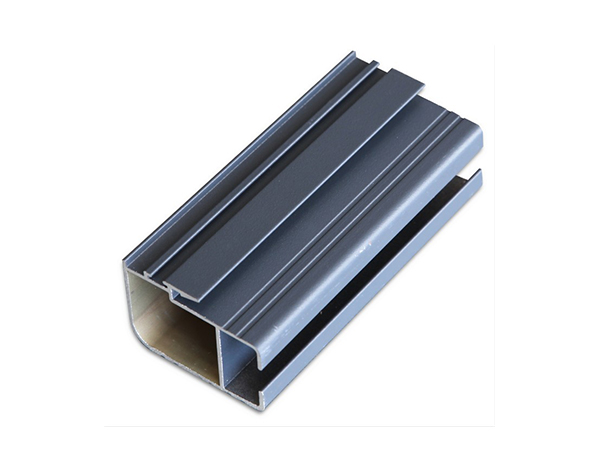Aluminium sliding window profiles have become a popular choice in modern architecture, offering a range of advantages that make them a superior option for both residential and commercial applications. From their sleek appearance to their durability and energy efficiency, aluminium sliding window profiles provide numerous benefits that contribute to the overall comfort, functionality, and aesthetic appeal of a building. This article explores some of the key advantages of aluminium sliding window profiles and why they are the preferred choice for many architects, builders, and homeowners.
Sleek and Modern Design
One of the most significant advantages of aluminium sliding window profiles is their sleek and modern design. The slim frames and clean lines of aluminium profiles create a minimalist look that complements contemporary architecture beautifully. Unlike traditional wooden or UPVC window frames, which can appear bulky and detract from the overall aesthetic of a building, aluminium sliding window profiles provide a sleek and sophisticated appearance that enhances the visual appeal of any space.
Durability and Strength
Aluminium is renowned for its durability and strength, making it an ideal material for window frames. Aluminium sliding window profiles are resistant to rust, corrosion, and warping, ensuring that they maintain their integrity and functionality even in harsh weather conditions. This durability also means that aluminium sliding window profiles require minimal maintenance, saving both time and money over the long term.
Energy Efficiency
Another significant advantage of aluminium sliding window profiles is their energy efficiency. Aluminium frames can be easily fitted with double or triple glazing, providing excellent thermal insulation and soundproofing properties. This helps to reduce heat loss in the winter and heat gain in the summer, resulting in lower energy bills and a more comfortable indoor environment year-round.
Lightweight and Easy to Operate
Despite their strength and durability, aluminium sliding window profiles are lightweight and easy to operate. The smooth gliding mechanism of sliding windows allows for effortless opening and closing, making them an ideal choice for areas where space is limited, such as balconies or patios. The lightweight nature of aluminium frames also means that they can support larger panes of glass, allowing for expansive views and increased natural light.
Versatility and Customization Options
Aluminium sliding window profiles offer a high degree of versatility and customization options. They can be tailored to suit a wide range of architectural styles and design preferences, with various finishes and colors available to complement any aesthetic. Aluminium frames can also be powder-coated or anodized to enhance their durability and provide additional protection against the elements.
Environmentally Friendly
Aluminium is a highly sustainable material, with a high recycling rate and low environmental impact. Choosing aluminium sliding window profiles for your building project can help reduce your carbon footprint and contribute to a more sustainable future. Additionally, the energy efficiency of aluminium frames can help reduce the overall energy consumption of a building, further enhancing its environmental credentials.
Conclusion
Aluminium sliding window profiles offer a range of advantages that make them an attractive choice for modern construction projects. Their sleek design, durability, energy efficiency, and versatility make them a superior option to traditional window frame materials. Whether you're looking to enhance the aesthetic appeal of your home or improve its energy efficiency, aluminium sliding window profiles are an excellent choice that offers both style and functionality.
